Topics:
Never Miss a Beat - Get Updates Direct to Your Inbox
FILTER:
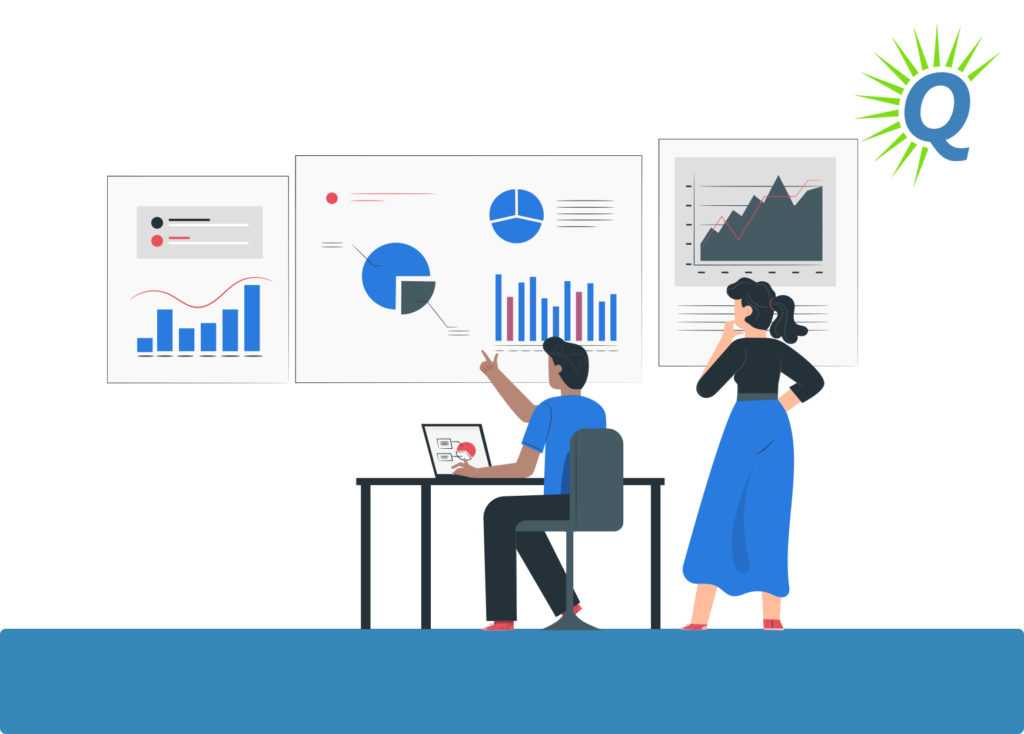

How to Value an Ecommerce Business
By Quiet Light
Whether you’re a potential seller or buyer, knowing how to value an ecommerce business is a crucial step when buying or selling an online business. Regardless of which position you’re in, this article will help you understand the essentials of valuing ecommerce businesses.
In the sections below, you’ll learn:
- The different Ecommerce business valuation methods
- How to determine your ecommerce business valuation
- What valuation drivers apply to most ecommerce businesses
- How to determine your ecommerce valuation multiple


Ecommerce Business Valuation Methods
From book value to discounted cash flow, there are many different approaches when it comes to calculating the value of an online business. One of the most widely used methods of business valuation is the SDE multiple method. As we will see, there are several advantages to using this method when calculating the value of an ecommerce business.
SDE multiple method
The SDE multiple method consists of two parts: the seller’s discretionary earnings, or SDE, and the multiple. By multiplying the SDE and the multiple number together, you arrive at the value of the business.
In other words, value = SDE x the multiple.
On the surface, this formula looks fairly simple. However, a lot goes into calculating the SDE and the multiple. Let’s take a closer look at both of these numbers to gain a better understanding of how a business’s value is calculated.
“The seller’s discretionary earnings is a number that serves to capture the total money-generating capacity of a business.”
SDE
The seller’s discretionary earnings is a number that serves to capture the total money-generating capacity of a business. Another way to describe it is the total benefit of the business available to the owner to spend on discretionary items.
You may be thinking, “It sounds like SDE is just the company’s net profit or income, right?” While SDE and income are similar, there are several crucial differences between the two.
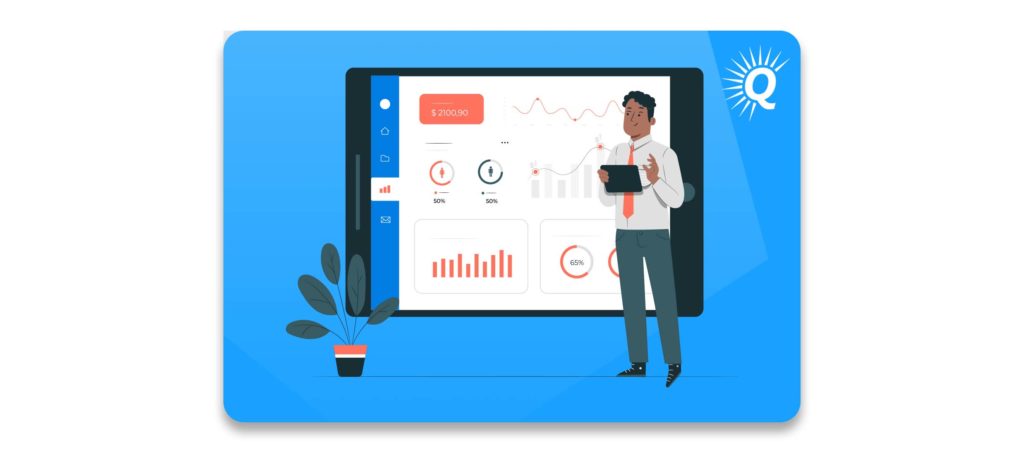

To calculate SDE, start with the company’s EBITDA. EBITDA stands for earnings before interest, taxes, depreciation, and amortization. Then add back certain discretionary expenses (i.e., expenses that a new owner would not necessarily need to incur).
In general, nondiscretionary expenses include:
- Noncash expenses
- One-time investments
- Owner’s compensation
- Unrelated business expenses or income
For example, let’s say that you incur $10,000 of travel expenses to attend a conference as the owner of your ecommerce business. Since a new owner would not necessarily need to incur this travel expense, $10,000 can be added back to EBITDA when determining your SDE.
Correctly calculating the SDE is crucial to determining the real value of a business. Many entrepreneurs, however, are unaware of all of the expenses they can add back to the EBITDA when calculating SDE. If you make these errors when calculating SDE for your business, you could potentially significantly underestimate the value of your business. We will explore this further below.
For this reason, it is helpful to work with an experienced business Advisor when conducting a valuation for your business.
“Correctly calculating the SDE is crucial to determining the real value of a business.”
Thinking of Selling Your Business?
Get a free, individually-tailored valuation and business-readiness assessment. Sell when you're ready. Not a minute before.
The multiple
The multiple is a number that serves to capture the objective and subjective characteristics that influence the overall value of your business. As such, valuation multiples vary from business to business. This is true even for businesses that may seem somewhat similar on the surface.
As mentioned above, the multiple and the SDE are multiplied together in order to arrive at the value of a business. Going back to the previous example, let’s say you estimate your business to have a 2.7x multiple. If you failed to include the $10,000 of travel expenses in your SDE calculations, you would essentially undervalue your business by $27,000.


There are many things that go into how to value an ecommerce business and determining an appropriate multiple. In short, however, the multiple is dependent on the overall health and future prospects potential buyers perceive your company to have. We will go into more depth on the factors that influence multiples in a later section.
Some business valuation methodologies use a revenue multiple instead of an SDE multiple. For this reason, it is important to be clear about the methodologies you are using when determining the value of your business.
How to Value an Ecommerce Business
If you are thinking about selling your ecommerce store now or in the future, it is necessary to first get an accurate valuation for your company. Even if you don’t intend to sell soon, going through the valuation process is still helpful. It allows you to identify areas for improvement, and it can help you run a more effective operation.
In this section, we will review some of the steps involved in determining your ecommerce business valuation.
“If you are thinking about selling your ecommerce store now or in the future, it is necessary to first get an accurate valuation for your company.”
Add-backs and calculating your SDE
First, you must calculate your SDE. Start by determining your company’s EBITDA. This should be easy to do as long as you have maintained accurate and current accounting records.


If your accounting records are out of order, begin by creating orderly and accurate records for your business. Depending on how well you have tracked your income and expenses, this may take some time. You may find it helpful to work with a qualified accountant during this process.
From there, go through your records to determine which expenses or income should be counted as an add-back. As we discussed in the previous section, it’s crucial to find and list all add-backs in order to determine an accurate SDE.
If you fail to include add-backs, you will be leaving easy money on the table when you sell your business. At the same time, a potential buyer will also need to agree on the appropriateness of all add-backs that you list.
Due to the complexity of determining what can count as an add-back, many entrepreneurs choose to work with a qualified business Advisor. They will be able to walk you through your financial statements and determine what should be included and what should not.
Once you are sure you have adequately calculated your SDE, it is time to determine your multiple.
“Due to the complexity of determining what can count as an add-back, many entrepreneurs choose to work with a qualified business Advisor.”
Calculating your multiple
Calculating a multiple for an online business is not as cut and dry as calculating SDE. While it’s true there are many objective factors that go into determining an appropriate multiple, at the same time, it is a figure that captures subjective components of a business’s value as well.
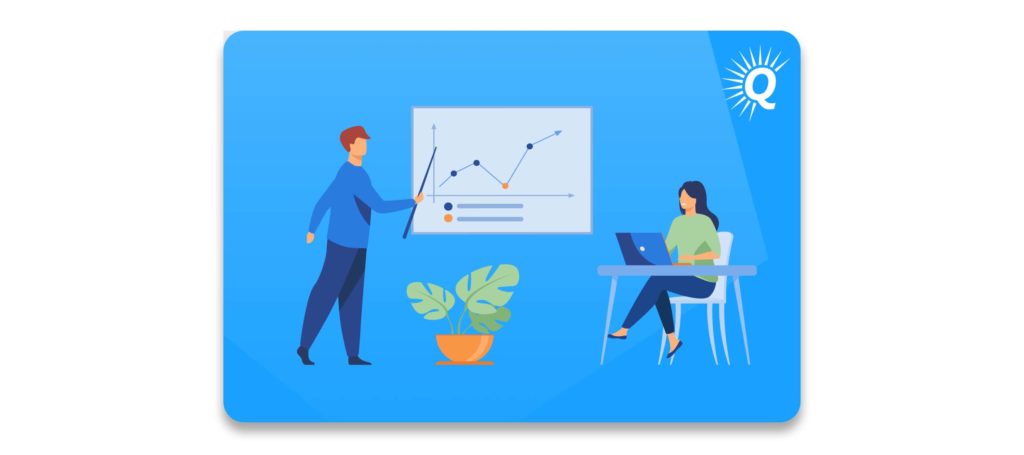

At the end of the day, the multiple you receive for your business will be determined by the price for which you actually are able to sell your business. You must still calculate a figure prior to listing your business for sale, however.
As with SDE, it is important to work with a qualified business Advisor when determining an appropriate multiple for your business.
Valuation Drivers for an Ecommerce Business
Going beyond your SDE figure, there is a wide variety of individual factors that impact your multiple number and drive the value of your ecommerce business, regardless of your business model. While some may be objective and others may be more subjective, they are all important.
Buy a Profitable Online Business
Outsmart the startup game and check out our listings. You can request a summary on any business without any further obligation.
Together, these factors are often referred to as the Four Pillars of Value. They include:
- Growth
- Risk
- Transferability
- Documentation
Growth
The past and current growth trends of your business are a strong indicator of its expected future performance. Any serious prospective buyer, whether a private equity group or an individual, will most likely be looking to realize a healthy return on their investment. The future growth prospects of your company directly affect this calculation.
If your business has steady growth, it will attract a greater number of interested buyers. This provides you with more options, ultimately driving up the sales price. In turn, you’re likely to win more favorable deal terms.


In addition to your company’s past growth, qualified buyers will look at future potential. If they see they can take over operations and make a few small improvements that drive growth, they will view this as a positive.
As such, any aspects of your business operations you have not yet capitalized on can serve you when it comes time to sell. Highlighting low-hanging growth opportunities can help paint a favorable picture for interested buyers.
Your company’s future growth prospects rely on more than just the performance of your company. Potential buyers will also be looking at your industry as a whole to see if it is in decline, or if it is expected to expand into the future.
Of course, this may be largely out of your control. However, choosing the right timing when selling your business can play a role in the value of the offers that you receive. By selling during a period of strong growth for your industry, you can maximize the final sales price of your company.
Risk
While strong growth is a positive signal for a potential buyer, high risk has the opposite effect. All other things being equal, the riskier a business is the less value it will have, and vice versa. Investors take into account the level of risk associated with an investment. Therefore, buyers will be warier of a business that incurs a high level of risk.


There are many things that can serve to increase or decrease the relative risk of your business. In general terms, any aspect of your business whose success relies on a single point of failure incurs more risk.
For example, let’s say your sales rely solely on Google ads for customer acquisition. In such as situation, you may be in trouble if that marketing channel takes a hit. In this case, you can work to address this risk by adding in other marketing channels. These can include organic traffic from content marketing or affiliate marketing.
This will serve to diversify your marketing operations for your ecommerce website. It will also likely have the added benefit of driving growth.
Elements that impact risk
Other common aspects that impact the relative risk of your company may include:
- Patent or copyright infringement issues
- Barriers to entry
- Competition
- Market stability
In addition, the older a company is the less risky it is perceived to be. New companies are less proven and often entail more risk for an investor.
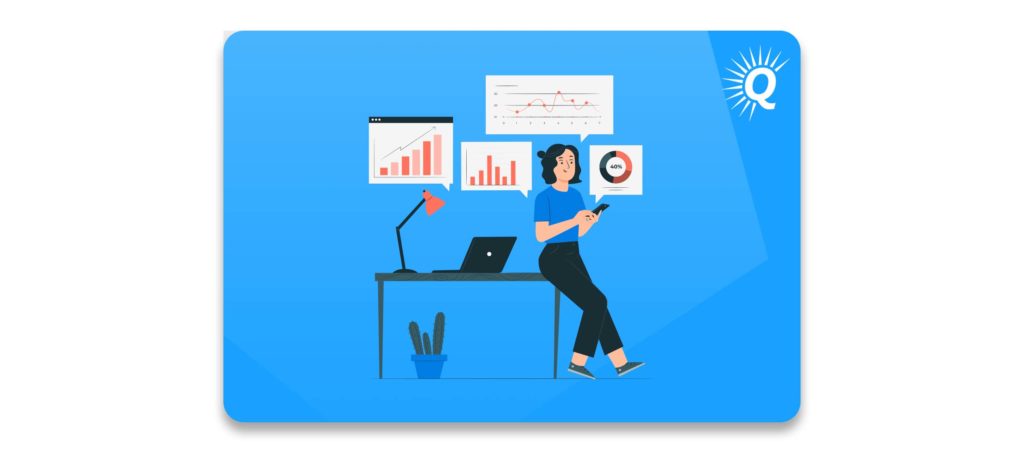

If you are considering selling your business, it is important to go through your operations and conduct a thorough risk assessment long before you plan on selling. This will allow you to make all corrective actions necessary to mitigate those risks prior to listing your company.
If you are looking to purchase a business, be sure to carefully evaluate the relative risk of any company you are interested in.
Transferability
A company is only valuable to a new owner if they can take over operations without the performance of the business being negatively affected. The ease with which ownership of a company can successfully be moved from one owner to another is referred to as transferability.
From the perspective of an ecommerce business owner, there are several things that can influence the transferability of your business. For starters, if your company relies on your image or personality for its success, a new owner will likely find it hard to take over.
However, this issue is likely to be more common for content sites or other online business models. If you sell a product, you will likely not encounter this challenge.


If you run a disorganized operation that only you know how to manage, a new owner will likely find it hard to fill your shoes. For this reason, it is helpful to automate your business processes as much as possible. Also, businesses that have clear SOPs are often considered more valuable than those without.
For example, perhaps you don’t have a clear system for managing your inventory. By developing clear and automated inventory management systems, a new owner will have a much easier time taking the reins of your business after purchase.
As a business owner, you can go a step further by building out a team to run your business for you. By doing so, a new owner simply has to step in and effectively manage the team in order to be successful, freeing up their time to focus on larger tasks. In effect, this will increase the perceived value of your business to prospective buyers.
Documentation
Lastly, the quality of a company’s documentation will have an impact on the value of your business. As a business owner, it is highly important to keep orderly and accurate accounting records for all of your operations.
This will allow interested buyers to see how your business is performing and make the due-diligence process a much easier experience. Clear accounting records will help instill trust that your claims regarding your business are truthful and accurate.
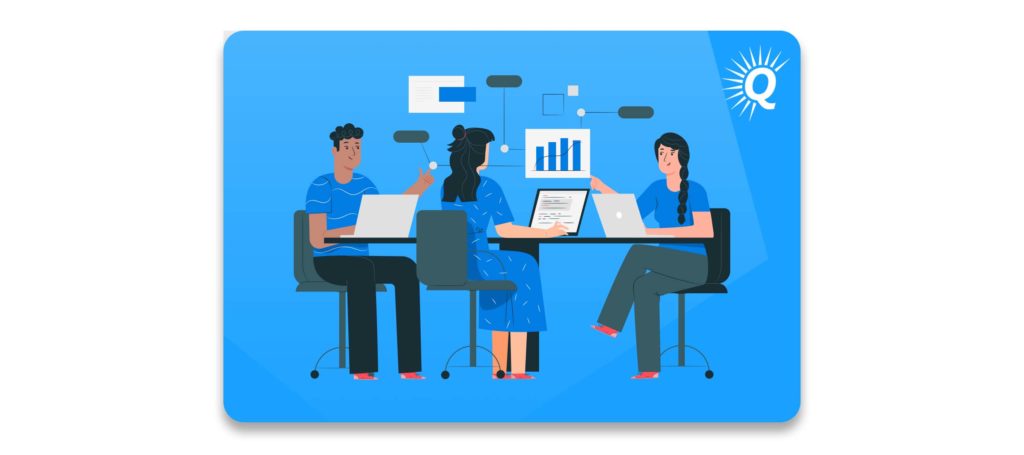

Documentation showing clear and concise standard operating procedures will also serve to make your business more attractive. This may include your customer service procedures, supplier relationship guidelines, or documentation supporting any other aspect of your operations.
In addition to making it more transferable, it will also show interested parties that you have run your business in a responsible manner. This will help assure them that no unexpected surprises will arise after they take over.
How to Determine Your Ecommerce Valuation Multiple
Given the range of valuation multiples between businesses, calculating your own multiple may feel like a challenge, particularly if this is your first time doing it. With the right approach, however, you can find an accurate multiple for your ecommerce business.
Every business is unique
First, it is important to remember that every business is unique. Even if two companies have similar revenue and SDE figures, they may be valued dramatically differently.
For example, let’s say one business is in an extended period of strong growth, while the other clearly shows a consistent decline. It is unlikely that interested buyers will look at these two companies the same.
Or perhaps one company has multiple successful products in their storefront, diversifying their revenue streams. Another similar-sized business relies on one product for its revenue. Furthermore, that product is currently the target of a copyright infringement lawsuit. Even if they have identical SDE figures, do you think these two companies would be valued the same?
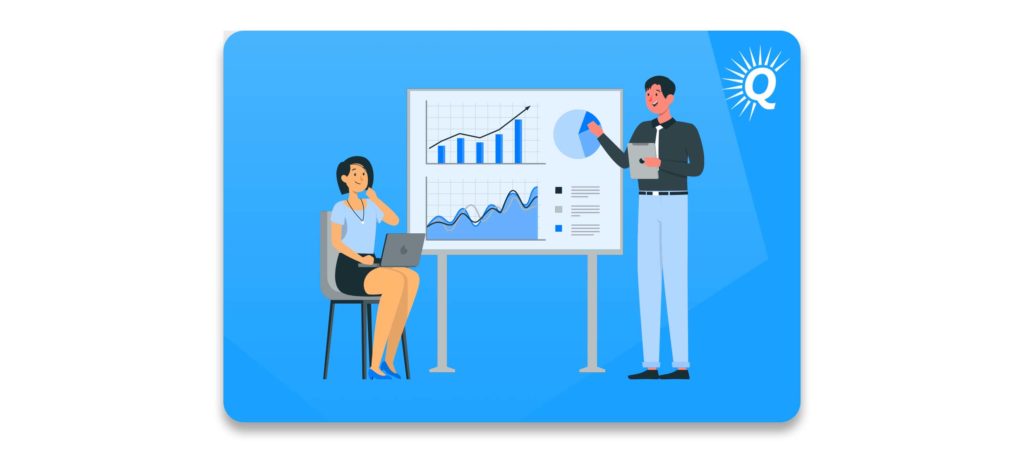

Your multiple will depend on how your business stacks up against the Four Pillars of Value. By going over your growth prospects, determining your risk, evaluating your transferability, and looking at your documentation, you can gain a better understanding of what your unique multiple will be.
The importance of working with a business Advisor
For many entrepreneurs, business valuation is a big task. Experience and knowledge are required to make an accurate assessment of valuation multiples for online businesses. Given its importance as an ecommerce metric, many business owners find it helpful to work with an experienced business Advisor, or business broker, when determining their multiple.
The right Advisor will also be a valuation expert. They go beyond the capacity of a simple online business valuation tool and guide you through the process of evaluating the Four Pillars of Value and how they relate to your company. They will know what to focus on and what to ignore. In addition, they will help you stay realistic and grounded about what you can actually expect when you take your business to the marketplace.
Even if you don’t plan on selling right away, your Advisor will be able to help you get a clear idea about the changes you need to make in order to maximize the value of your business. This will help you prepare for a truly successful sale when the right time comes.
Thinking of Selling Your Business?
Get a free, individually-tailored valuation and business-readiness assessment. Sell when you're ready. Not a minute before.





